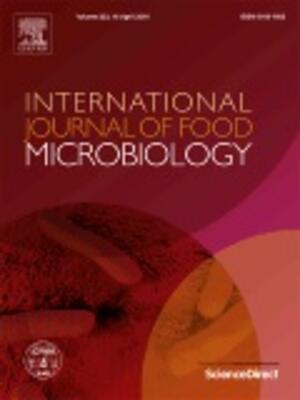
Foodborne helminthiasis
Abstract
Purpose of Review: This review focuses on key foodborne helminths: providing an overview of their lifecycles and major transmission routes to humans, their geographical distribution, clinical manifestations, human health burden and control aspects.
Recent Findings: Many foodborne helminths appear to be increasing in geographical distribution, driven by climatic and demographic changes; predominately increases in global humidity and temperature, favouring environmental survival and changes in human consumption practices, exposing many more people to high-risk foodstuffs. Although current estimates of human health burden indicate the need for us to focus on these diseases it is acknowledged that poor diagnostic performance and inefficient surveillance leads to an underestimate of burden and for some highly neglected helminths no burden estimates have been performed. It is acknowledged that intervention strategies should consider the full value chain and involve multiple stakeholders following a ‘One Health’ approach.
Summary: As well as improving burden estimates, key research needs for foodborne helminths include the need for improved diagnostic tools and better integration of the social sciences to ensure the development of contextually relevant and socially acceptable control strategies.
Citation
Ortiz, J.B., Uys, M., Seguino, A. and Thomas, L.F. 2024. Foodborne helminthiasis. Current Clinical Microbiology Reports 11(3): 153–165.










